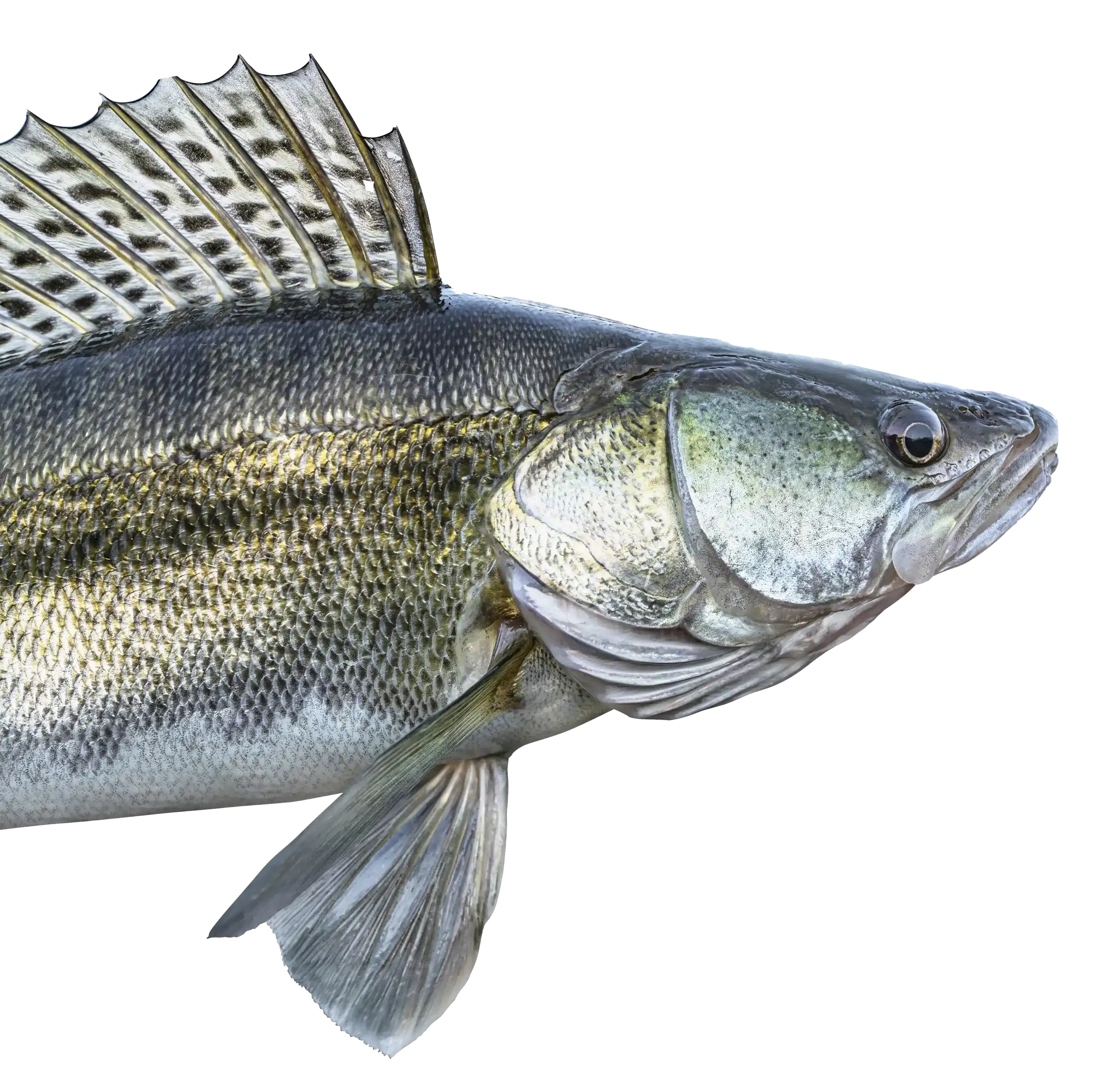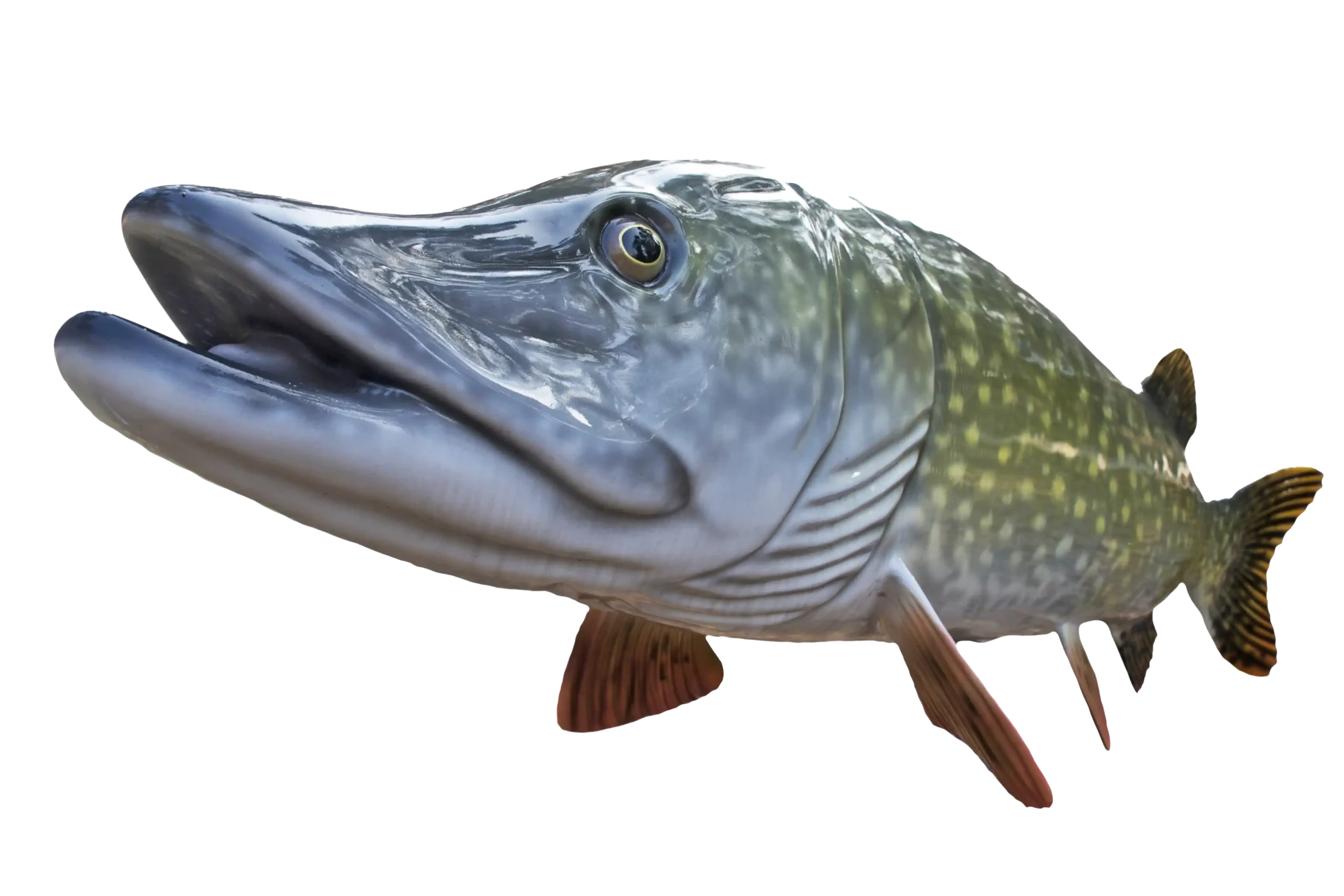

MTT. Minnesota Tournament Trail
NWT. National Walleye Tour
AIM. Angler’s Insight Marketing
Chili Bowl, Border View Lodge
Arnesen’s, Summer Tournament
River Bend Resort, Ladies tournament
Zippel Bay Resort, Northern Pike Tournament
AND MORE!
Weighing in at 2 tons and measuring 40 feet long, Willie Walleye is definitely in keeping with Minnesota’s Paul Bunyan style proportions! He is the biggest lunker ever to be produced in Lake of the Woods and is the mascot for the Walleye Capital of the World. He is located on International Drive overlooking the Baudette Bay. Willie made his showbiz debut on June 21, 1959 and is probably the most photographed walleye in the world. Willie Walleye Day is an annual celebration held in June in Baudette. The park is often home to local events such as fishing tournaments and other celebrations.
Zippel Bay State Park is located ten miles northeast of Williams, Minnesota on Lake of the Woods.
Entrance to the park is from Lake of the Woods County State Aid Highway 8. Camping, beaches, hiking/geocaching, fishing/boating, and vast blueberry picking are some of the great summer activities available in the park. During the winter months, visitors love the miles of cross country and snowshoe trails, along side with many snowmobile trails. With all of these great elements, Zippel Bay State park is a destination for all year family fun!
Franz Jevne State Park Secluded and peaceful, this park offers picturesque views of
Ontario and the Rainy River. Short paths and a boat launch offer access to the river for fishing, where anglers can catch walleyes, northerns, smallmouth bass and sturgeon. Rustic campsites are available with pit toilets, and a hand pump for water. A picnic area overlooks Sault Rapids.
BBSRA has been called Minnesota’s last true wilderness. This two-part recreation area includes a northern unit and a southern unit. The 500-square-mile peat bog, the largest in the lower 48 states, is located in the northern unit. A mile-long boardwalk, completed in 2005, enables visitors to get a first-hand look at the unique plant and animal life of this rare resource. The bog, which has long been a source of medicinal plants for the Ojibwe Indians, represented a barrier to European settlers who tried in vain to drain it. Today, many of the native plants, including yellow-eyed grass, bog rush and two kinds of sundews, are on Minnesota’s endangered or threatened species list. From orchids to carnivorous plants to rare birds, visitors will see a mixture of fascinating and rare resources.
The southern unit includes a campground with 31 campsites (26 electric sites) winterized camper cabins, a sandy beach, picnic grounds, and great fishing.


Lake of the Woods
We firmly believe that the internet should be available and accessible to anyone, and are committed to providing a website that is accessible to the widest possible audience, regardless of circumstance and ability.
To fulfill this, we aim to adhere as strictly as possible to the World Wide Web Consortium’s (W3C) Web Content Accessibility Guidelines 2.1 (WCAG 2.1) at the AA level. These guidelines explain how to make web content accessible to people with a wide array of disabilities. Complying with those guidelines helps us ensure that the website is accessible to all people: blind people, people with motor impairments, visual impairment, cognitive disabilities, and more.
This website utilizes various technologies that are meant to make it as accessible as possible at all times. We utilize an accessibility interface that allows persons with specific disabilities to adjust the website’s UI (user interface) and design it to their personal needs.
Additionally, the website utilizes an AI-based application that runs in the background and optimizes its accessibility level constantly. This application remediates the website’s HTML, adapts Its functionality and behavior for screen-readers used by the blind users, and for keyboard functions used by individuals with motor impairments.
If you’ve found a malfunction or have ideas for improvement, we’ll be happy to hear from you. You can reach out to the website’s operators by using the following email
Our website implements the ARIA attributes (Accessible Rich Internet Applications) technique, alongside various different behavioral changes, to ensure blind users visiting with screen-readers are able to read, comprehend, and enjoy the website’s functions. As soon as a user with a screen-reader enters your site, they immediately receive a prompt to enter the Screen-Reader Profile so they can browse and operate your site effectively. Here’s how our website covers some of the most important screen-reader requirements, alongside console screenshots of code examples:
Screen-reader optimization: we run a background process that learns the website’s components from top to bottom, to ensure ongoing compliance even when updating the website. In this process, we provide screen-readers with meaningful data using the ARIA set of attributes. For example, we provide accurate form labels; descriptions for actionable icons (social media icons, search icons, cart icons, etc.); validation guidance for form inputs; element roles such as buttons, menus, modal dialogues (popups), and others. Additionally, the background process scans all the website’s images and provides an accurate and meaningful image-object-recognition-based description as an ALT (alternate text) tag for images that are not described. It will also extract texts that are embedded within the image, using an OCR (optical character recognition) technology. To turn on screen-reader adjustments at any time, users need only to press the Alt+1 keyboard combination. Screen-reader users also get automatic announcements to turn the Screen-reader mode on as soon as they enter the website.
These adjustments are compatible with all popular screen readers, including JAWS and NVDA.
Keyboard navigation optimization: The background process also adjusts the website’s HTML, and adds various behaviors using JavaScript code to make the website operable by the keyboard. This includes the ability to navigate the website using the Tab and Shift+Tab keys, operate dropdowns with the arrow keys, close them with Esc, trigger buttons and links using the Enter key, navigate between radio and checkbox elements using the arrow keys, and fill them in with the Spacebar or Enter key.Additionally, keyboard users will find quick-navigation and content-skip menus, available at any time by clicking Alt+1, or as the first elements of the site while navigating with the keyboard. The background process also handles triggered popups by moving the keyboard focus towards them as soon as they appear, and not allow the focus drift outside it.
Users can also use shortcuts such as “M” (menus), “H” (headings), “F” (forms), “B” (buttons), and “G” (graphics) to jump to specific elements.
We aim to support the widest array of browsers and assistive technologies as possible, so our users can choose the best fitting tools for them, with as few limitations as possible. Therefore, we have worked very hard to be able to support all major systems that comprise over 95% of the user market share including Google Chrome, Mozilla Firefox, Apple Safari, Opera and Microsoft Edge, JAWS and NVDA (screen readers).
Despite our very best efforts to allow anybody to adjust the website to their needs. There may still be pages or sections that are not fully accessible, are in the process of becoming accessible, or are lacking an adequate technological solution to make them accessible. Still, we are continually improving our accessibility, adding, updating and improving its options and features, and developing and adopting new technologies. All this is meant to reach the optimal level of accessibility, following technological advancements. For any assistance, please reach out to